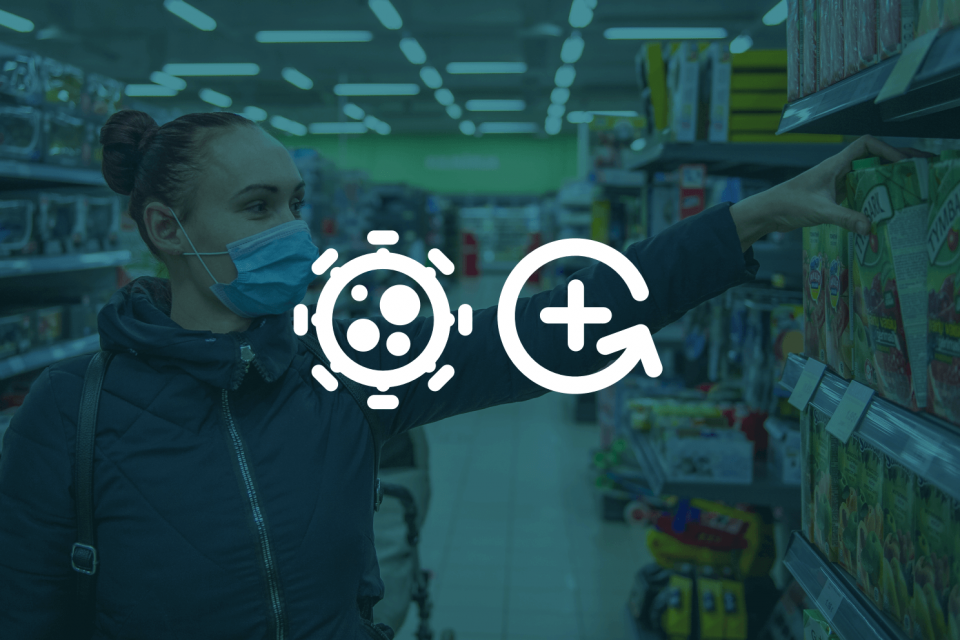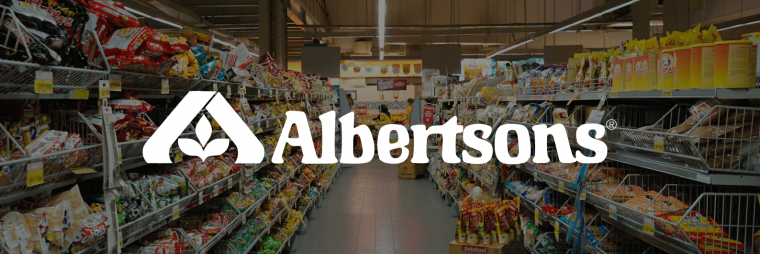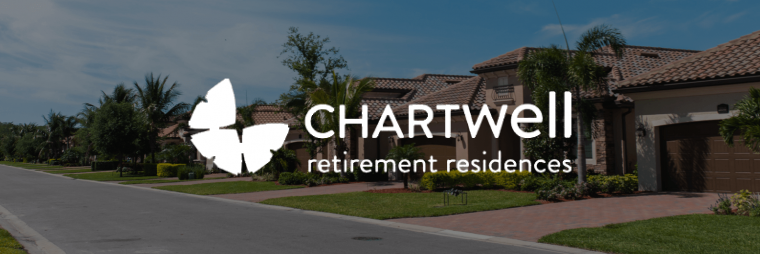4 Reliable Covid Stocks and Recovery Stocks

Remember the term “bifurcated”? Well, it’s come back to markets, but it now applies to Covid stocks vs. Recovery stocks. Last week, markets witnessed a tug-of war between these two classes of stocks immediately following the Pfizer vaccine rally and driven by the alarming rise of Covid cases around the world, particularly in the States. Adding to uncertainty is Trump delaying the transfer of power to the lawfully elected Joe Biden.
Covid stocks are mostly the big tech names, FAANG plus Microsoft and Shopify. You can throw in Peloton, Zoom Video and Home Depot. (Alibaba is now a question mark as the authoritarian Chinese government is breaking up tech monopolies in that country. So, let’s call Alibaba a hold for now.) Recovery stocks that investors have ignored or sold during the pandemic: travel, banks, industrials and energy.
These enjoyed a nice bounce Monday on good news that Moderna‘s Covid vaccine is 94.5% effective, scoring even higher than Pfizer’s a week ago. Unfortunately, America continues to break new single-day records of Covid cases. While day traders can reap (or lose) a fortune in this turbulence, what’s a long-term investor to do?
Covid stocks


If the Pfizer and Moderna vaccines pass medical scrutiny and governments greenlight them for immediate use, they still likely won’t protect populations until spring 2021. This means that countries have to endure a winter of Covid cases and restricted movement. Grocers will remain open, though, so the chains Albertsons and Weis Markets will likely repeat the success they enjoyed earlier this year during the harsh spring lockdown.
Canadians have probably never heard of either chain. Weis operates nearly 200 stores in the American mid-Atlantic states. It trades at a PE of 11x and pays a 2.58% dividend which is safe, given the 28.18% payout ratio. On Nov. 2, WMK reported a Q3 YOY sales increase of 14.4% and a Q3 comparable stores sales move of 14.8%. Over a five-year span, Weis boasts 4.26% average profit growth and a 16.15% total return. E-commerce sales, which is essential to any business today, is up 240%. Intriguingly, WMK has gotten cheaper lately. Its trailing PE has slid from 16.76x over the summer to nearly 11x now. As of Nov. 16, Weis is trading $12 below its 52-week high of $59.39 as well as its 50- and 200-day moving averages. Stockchase Research targets $56.
Albertsons is an even bigger chain, topping 2,252 under its own banner and those of Safeway, for instance. Online sales are healthy. Last month, Albertsons projected a better-than-expected outlook for e-commerce driven by a 243% surge in online sales. The company also crushed earnings. Shares have been choppy since that Oct. 20 report, but so has the Nasdaq. ACI has been reducing its debt as it pays a 2.67% dividend. Another tailwind are the 1,726 pharmacies that operate within those supermarkets and will adminster the Covid vaccine. This should help drive traffic. However, Albertsons’ PE has risen from 6.61x in late-August to the current 9.49x. Currently, ACI trades five dollars below its price target of $20.47 as there are four strong buys,10 buys and four holds. Looks like there’s still room to run.
Recovery stocks

Chartwell Retirement Residences
The obvious choices among recovery stocks are hotels, airlines, cruise lines, restaurants, cinemas and resorts. However, these sectors remain volatile, swinging either way on a given. Sure, you can put down a bid now and ride the storm, but which companies will survive? Which will receive government bail-out money (thinking of airlines here)? Which will merge? The picture is too murky.
Instead, consider LTCs, yes, long-term care homes which suffered some of the worst casualties during the spring lockdown. I hope that LTCs have learned from that experience and are better-prepared this winter. Nonetheless, long-term demographics remain in this industry’s favour. Chartwell endured the horrific spring relatively well, unlike Sienna Senior Living, which the Canadian Army cited in a scathing report.Even during the pandemic, quarterly revenue growth YOY was positive, albiet at 0.2%. Two weeks ago, Chartwell released its Q3 results which saw revenues just slightly miss estimates, while statutoty earnings were inline, All LTCs face higher costs to protect residents and workers, and are seeing fewer visitors from prospective residents for obvious reasons.
Chartwell jumped 13% on the Pfizer vaccine news and 3% on the Moderna. Since Nov. 9, the stock has been bubbling between $11-12. There’s a little more room to run to its $12.32 price target. Rising Covid cases will challenge these LTC stocks, but more positive vaccine news will propel it further. Analyst and shareholder, Christine Poole, is reasonably correct in predicting CSH.UN will return to pre-Covid levels above $14 in 12 months or more. At least you’re paid 5.14% to wait. (Disclosure: I own shares of Chartwell.)

ITP-T makes packaging materials, such as pressure-sensitive, water-activated sealing tape and bubble cushions which are endemic in e-commerce. ITP stock is actually a switch-hitter, thriving during Covid but also the recovery. In other words, Intertape will thrive during e-commerce, and e-commerce is here to stay.
Income investors will like its safe 3.82% dividend yield based on a 51.75% payout ratio. Cash flow is strong. The PE has ticked up from 10.11x in late-March to the current 13.9x, but is far below the 20.68 of September 2019. It reported a winning report last week and hit fresh 52-week highs.
Its Q3 EPS of 53 cents handily beat the street’s 22, giving Interape a winning streak of four quarters. Can the stock rise even further? Stockchase’s research division confirms this. Intertape offered guidance for Q4 of 10% growth, and six analysts give it a buy signal, including two upgrades after that report. The average price target is $23.50 which is nearly 10% higher than the current trading price.



